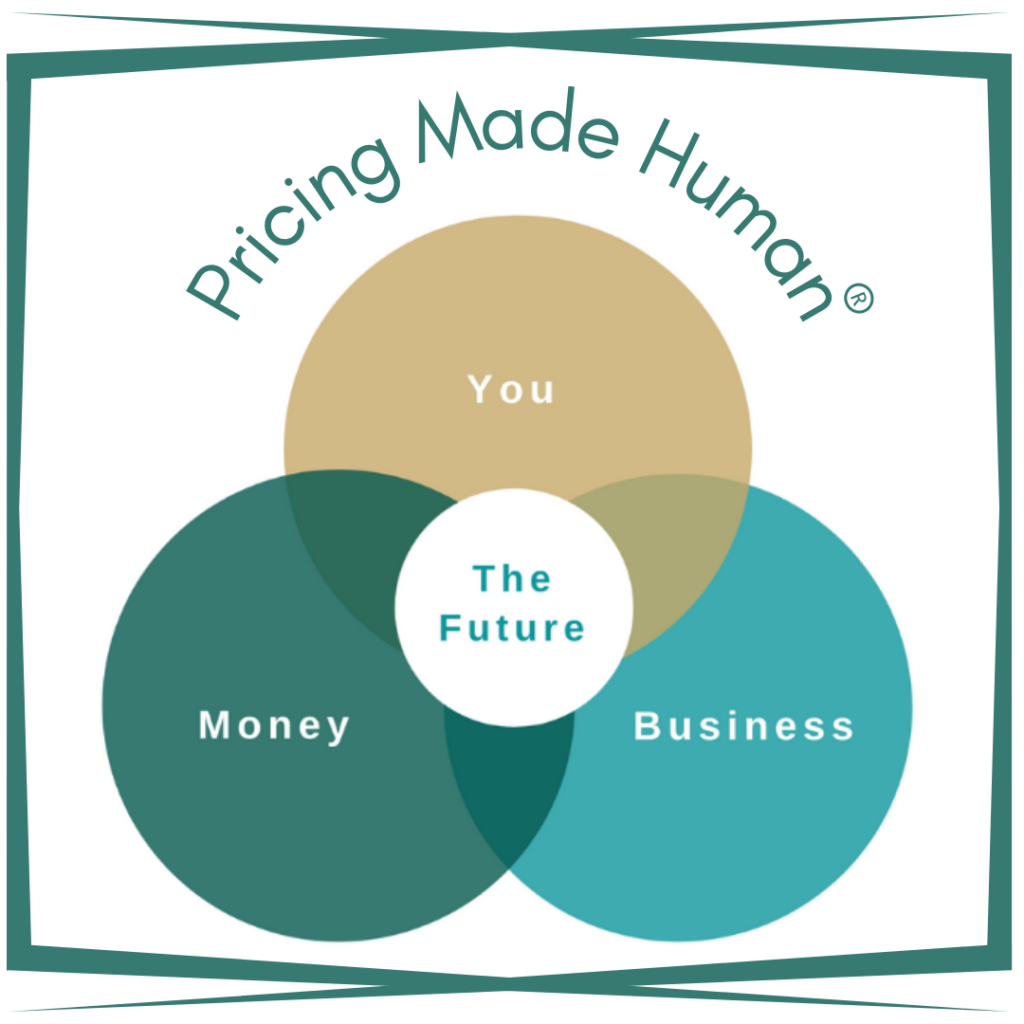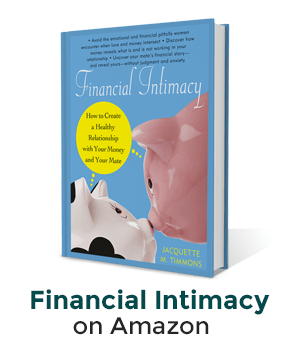Something happened this weekend that occurs about every 33 years. Ramadan, Easter, and Passover coincided. And for those of us who celebrate these holidays, that means this has been a weekend filled with traditions.
Traditions of beliefs, storytelling, and customs.
Traditions around what food is eaten and when; traditions around how we renew our minds, bodies, and spirits; traditions that shape the ceremony of how we gather.
But even if you don’t celebrate and follow the traditions of the aforementioned religions, you likely have a few of your own. Some of which you may have observed this weekend. Especially if we view them as things you think and do over and over again, without fail.
Much like your habits.
Traditions (or habits) reveal what and who is important to you. They provide a glimpse into some of your current and long-term priorities.
And, you definitely have some traditions where your money is concerned.
These are the things you think and do over and over again around how you save; how you invest; how you give; how you spend and how you conduct research before making a purchase. And these are just a few examples.
Your personal and business banking, credit card, and investment statements provide many of the “clues” around your financial traditions/habits.
But there’s one habit far too many people don’t practice: They don’t review their statements.
They make a common mistake of conflating looking at their statements with actually reviewing them. And there’s a strong possibility you’re doing the same.
How can I be so bold as to say so?
It’s based on the hundreds of coaching clients with whom I’ve worked and the thousands of audience members at my speaking engagements over the years.
From my work, what I have witnessed is that most people look at the top-line number, but rarely dive into the pattern of the transactions the top-line number represents?
Looking vs. reviewing wouldn’t be such a big deal if what you don’t know you don’t know didn’t potentially “cost” you something – today and in the future.
But, it does.
A story I frequently lean into to help prove my point is that of a father, his teenage daughter, and Target. If you’re unfamiliar, Google it as it is definitely worth diving into.
The story was one that made data analytics dinner table talk for many unfamiliar with this discipline. Because it highlighted the information stores and financial institutions collect about our buying behavior and habits and the role of data analytics in our day-to-day lives.
With the Target story, in particular, it put a spotlight on how marketers use past and current buying behavior to assume what an individual, family, or business might need in the future.
I don’t have a problem with this practice, necessarily. The issue is very nuanced, complex, and multi-layered.
However, a key concern of mine is what you don’t know you don’t know about your own behavior and habits.
Particularly since one of the biggest blocks to your financial success is a lack of financial self-awareness.
Financial Profiling
I’ve shared this exercise before and am sharing it again because it is a simple way to amplify your financial self-awareness. It also helps you to know what others (like large retailers and financial institutions) possibly already know about you and your money.
I call the exercise “roll-call.” It’s where you go through your banking, credit card, and investment statements and annotate each expense and investment as (H) happy; (M) mandatory; or (R) regret.
“Roll-call” helps you discover a lot about your habits and the triggers for the choices you make. In other words, you glean data that YOU can use to adjust your financial behavior. And how do you adjust your behavior? By adjusting your habits, intentionally.
Duke University conducted a study about habits, something I talk about all the time here, in workshops, and with coaching clients. What their study revealed is that 40% of the choices you and I make on a daily basis stem from habits – not conscious decision-making.
This is what makes the “roll-call” exercise so profound and powerful. Its simplicity helps to reveal, via highlighters or check marks, and with objectivity, how many of your financial decisions and choices are done with little to no thought. And, how you feel about them.
The data you track from the roll-call exercise is, in part, the same information the retailers you shop with and the financial institutions with which you do business use to create a profile about your routines, preferences, needs, and potential wants.
This is why I get aggravated when folks want to take shortcuts. Because it usually hurts them and they don’t even realize it.
For example…
You check your banking balance daily, which makes you feel like you’re engaged with your money.
But you don’t review your statements in detail checking for patterns, leaks and opportunities.
You utilize a debt reduction strategy that treats all your debt equally, which makes you feel like you’re making progress.
When a more effective approach, at least psychologically, would be to use a two-prong approach for your “good” and “bad” debt.
You invest in index-funds across all asset classes…in every account you have. Why not, right? It’s simple, easy to keep track of, and makes you feel like your overall portfolio is diversified.
When, for true diversification, you need a combination of index and actively-managed funds and probably fewer number of funds, to boot.
In each, the former example represents the easier way; it’s the shortcut that doesn’t typically prompt you to do any deep feeling or self-evaluation.
So, take shortcuts when it makes sense because it saves you time and money. But not because you don’t want to do the messy and uncomfortable work that managing your relationship with money sometimes requires.
To benefit from data analytics, you don’t need to become a statistician like the guy mentioned in all the Target articles about the pregnant teenager. But, you’d be better served if you became aware of the same things others know about you and your money – than perhaps you do at present.
By the way, increasing your financial self-awareness doesn’t preempt you from having to navigate uncertainty. It does, however, help you adapt to the unknown with greater ease.
Taking it a step further
TL:DR Traditions are about what you practice today. Creating a legacy is focused on what you want to endure through generations.
Your financial habits reveal your financial traditions and plant the seeds for your financial legacy.
They coalesce to go beyond how (and if) your numbers add up, and expose your beliefs, behaviors, values, expectations, and so much more, when it comes to money.
Just like the traditions and legacy many continued this holiday weekend.
Happy Ramadan, Happy Easter, and Happy Passover, if you celebrate!





